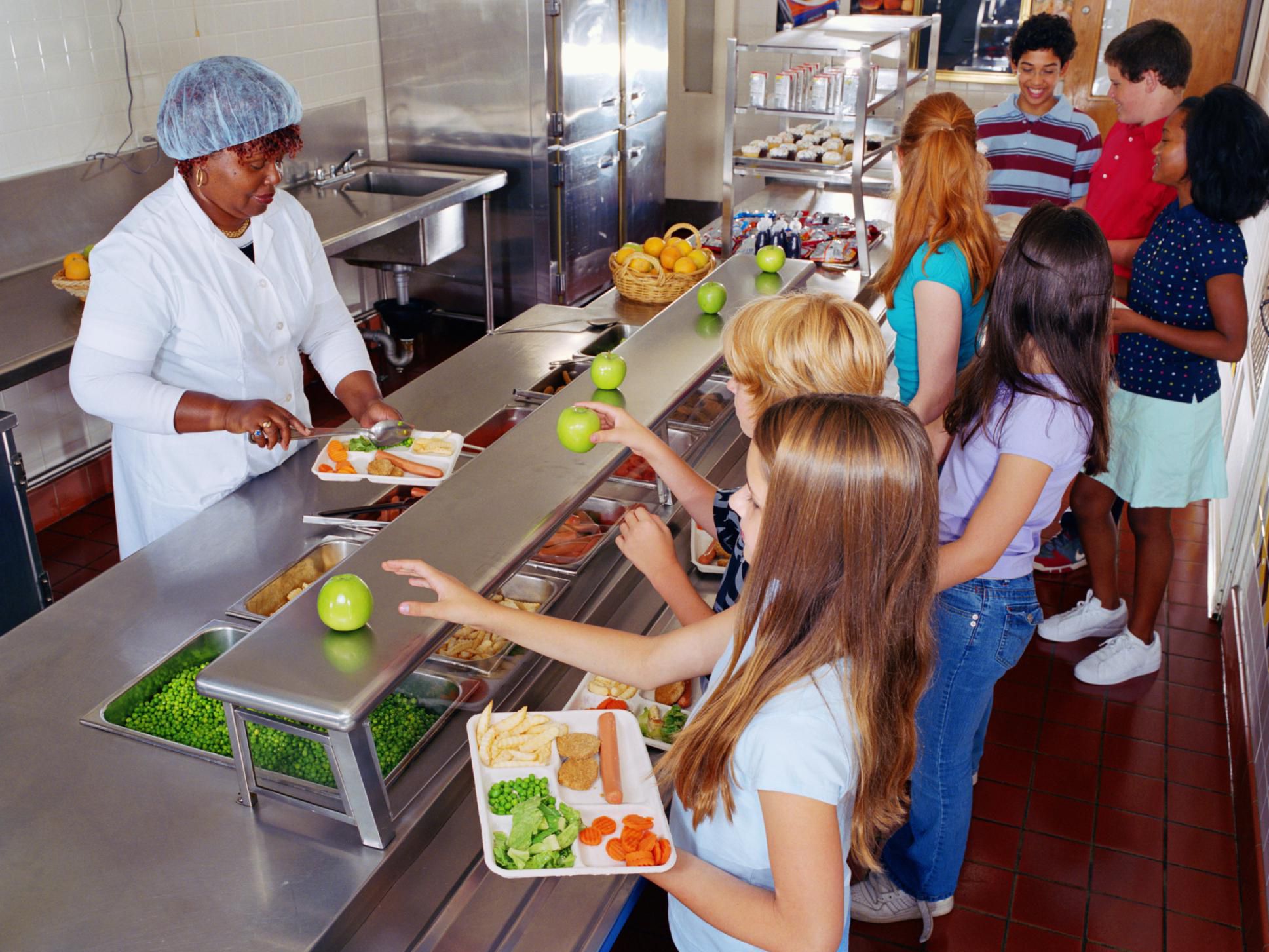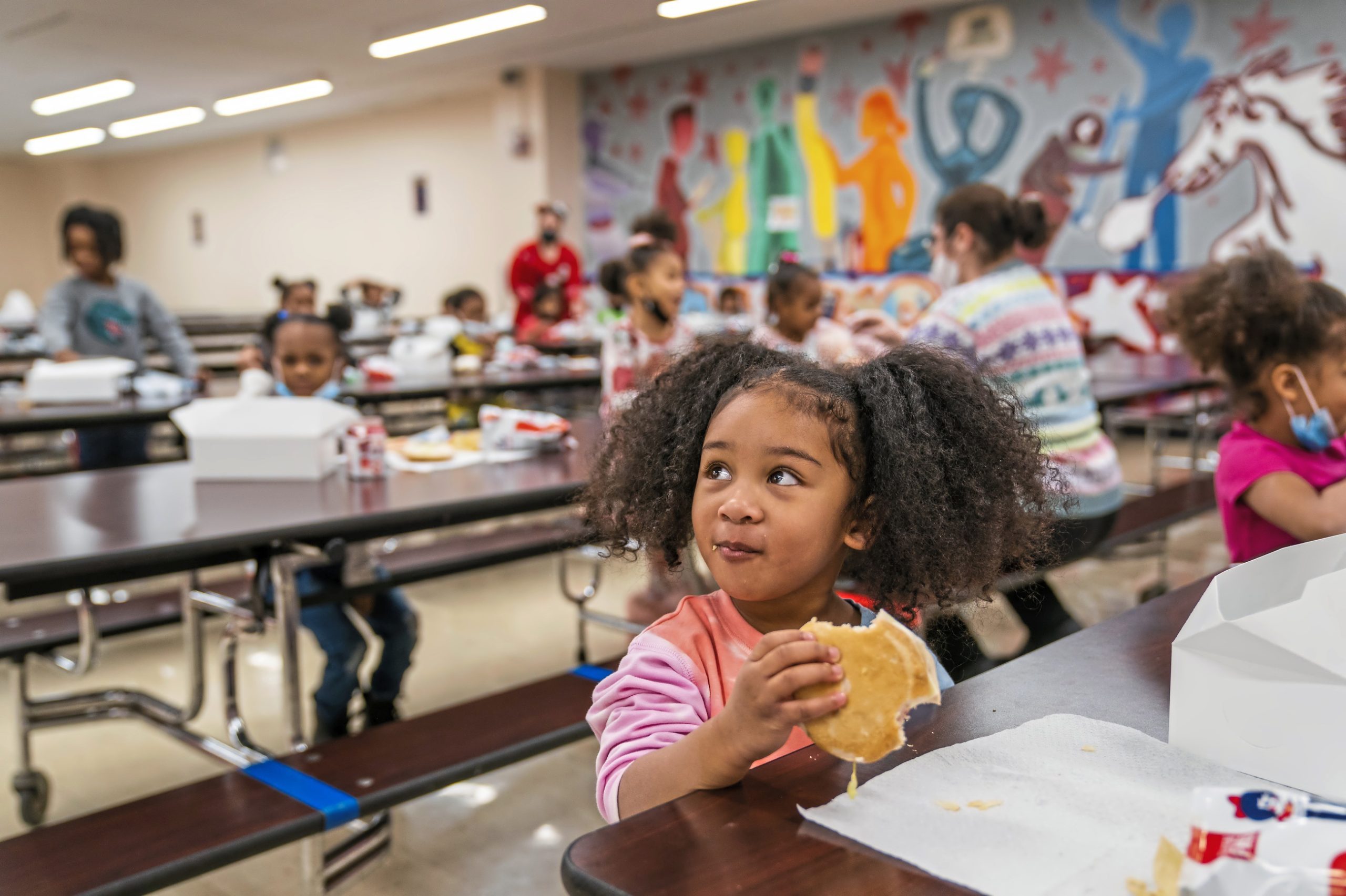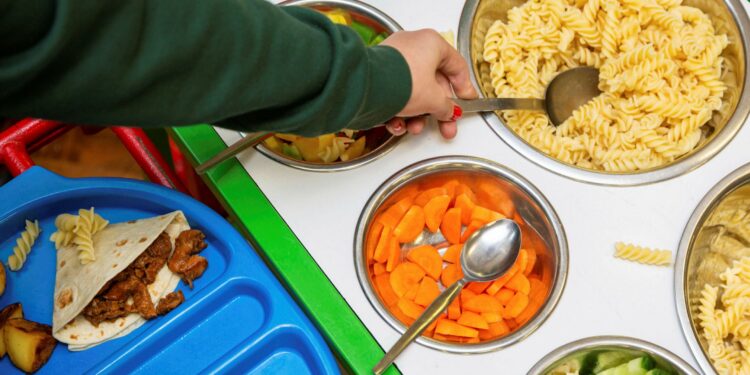The intention behind the government’s decision to temporarily make school meals free for almost all public school students in 2020 was to protect kids and families from the pandemic’s impact on the rise in hunger and financial hardship.
It also unintentionally served as a test run for a policy that anti-hunger organisations had been advocating for years: making school lunches free, permanently, for all pupils enrolled in public schools, regardless of family income.

Many advocates believed that once free meals were provided, even if only briefly, they would do so for the duration of the pandemic, if not longer. That didn’t happen; last spring, Republicans opposed a renewal of the waivers allowing schools to provide free meals to everyone, making the possibility of legislation establishing universal school meals unlikely.
This fall, schools will once more charge for lunch and breakfast. Those in charge of school food programmes will once again scramble to sign up students for free and reduced-price meals while also worrying that some children may experience stigma for receiving free meals, accrue lunch debt, or go hungry.
Universal free meal proponents claim that they will eliminate both this stigma and the administrative barriers that can hinder parents from enrolling their children.
Republican opposition to boosting school feeding programmes, according to activists, is formidable, but they haven’t given up on the notion of making school meals free for all students. Instead, they are supporting state-level initiatives that may eventually create the framework for federal action in an effort to maintain the momentum.

States begin offering free school meals to all children.
All public school kids in California, Maine, Vermont, Massachusetts, and Nevada will receive free meals this year, regardless of their family’s income. For a portion of this year, Connecticut has also sponsored free meals, and Colorado voters will select in November to either make school meals free for everyone. A number of additional states, including Minnesota, Wisconsin, New York, Maryland, and North Carolina, have introduced legislation requiring universal meals.
According to Clarissa Hayes, deputy director of school and after-school time programmes at the Food Research & Action Center, a state-by-state approach isn’t ideal, but it’s still a crucial step that would never have been taken if the pandemic hadn’t occurred.
She claims that it “truly moved the needle.” We are interested in what the states are doing because, for the most part, there are many partners involved and the endeavour is nonpartisan.
But according to Katie Wilson, executive director of the Urban School Food Alliance, it is uncertain whether state-level action will result in increased support for federal legislation requiring universal school meals. “You may roll the dice,” she offers.
State initiatives might spread awareness of the concept of universal meals, but they might also provide federal lawmakers ammunition to argue that it is best to leave the decision over whether to make meals universally free to state legislatures, according to the author. Wilson argues that doing so would be undervaluing children and that children’s access to nutritious food shouldn’t be based on their zip codes.
From one side of the aisle, she claims, “there is just not the enthusiasm to provide universal school meals at a national level right now. “How then can you alter that? We are unsure. We have been attempting for years.”
According to Diane Pratt-Heavner, director of media relations at the School Nutrition Association, federal lawmakers will likely hear from constituents upset that children’s access to school meals has been restricted at a time when so many families continue to struggle with food insecurity and high food and fuel prices.
But she claims that it will be “an uphill climb” to achieve legislation requiring universal meals of the kind that Sen. Bernie Sanders, Rep. Ilhan Omar, and other Democrats have proposed in recent years.

Another solution to feed hungry children.
The child nutrition reauthorization process, according to Pratt-Heavner and other activists, will present a less major but nonetheless significant opportunity to expand children’s access to free school meals. Congress must reauthorize school feeding programmes every five years, and supporters argue that this is a crucial opportunity to strengthen them.
Congress needs to reauthorize the initiative, but there was some progress in July when Bobby Scott, a Virginia Democrat who chairs the House Committee on Education and Labor, submitted a bill that was well-received by those working to end childhood hunger.
If the measure were to become law as drafted, the Community Eligibility Provision’s regulations would change. In its current version, the clause permits schools to provide free meals to all students in the school, regardless of need, if at least 40% of pupils are “directly certified” — that is, enrolled in federal safety net programmes like SNAP or TANF or are in the foster care system.
According to a USDA spokesman, 33,300 schools that served 16.2 million kids in the 2021–22 school year—or almost a third of the country’s 49.5 million public school students—used the provision.
However, supporters claim that the initiative isn’t accomplishing all that it could. Because of the present regulations, which not all schools or districts can afford to follow or want to do, schools that have between 40% and 62.5% of their kids with direct certification must still pay for a percentage of the meals they serve. The federal government only covers the entire cost if 62.5% or more of the student body is directly certified.
Under the Scott bill, the percentage of directly certified kids that a school must have in order to receive full compensation for all meals given would drop to 40%. And if they were ready to foot some of the bills, it would permit districts or schools with 25% of students who are directly certified to take part in the programme.
According to Pratt-Heavner, the features of the bill would enable many more schools in areas with significant levels of poverty to provide lunches for all school kids. But she thinks that it still wouldn’t help the economically-stressed families who live in affluent regions.
All school kids need these meals, she asserts, at the end of the day. And for that reason, it’s crucial to simply provide meals to all students, without requiring them to submit an application, just like we do with textbooks and transportation.









